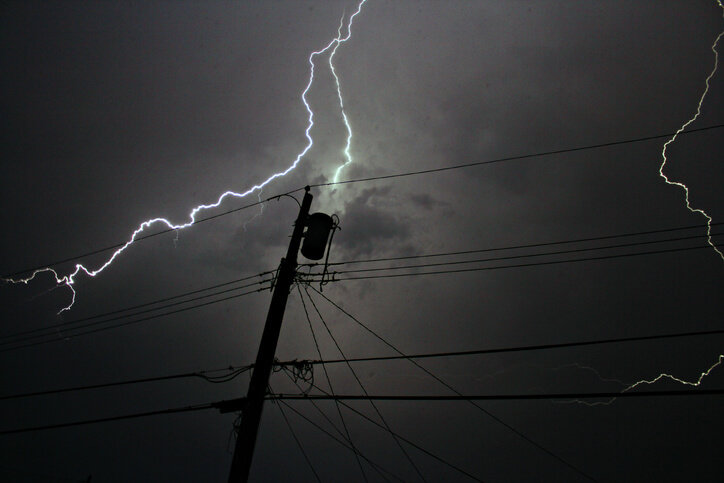
Power outages are among the most common emergencies, affecting nearly 40 million people each year. For most people, a power outage is a minor inconvenience that means limited access to screens and perhaps a few hours spent playing board games. For some, power outages are more dangerous, and can mean no access to heat or air conditioning in dangerous temperatures. And for an unlucky few, a power outage can present a life-threatening emergency. Clearing the airway during a power outage is a critical and life-saving skill that all EMS professionals must master.
The Importance of Battery-Powered Suction Devices
In many hospitals and emergency medicine settings, wall-mounted suction devices are the gold standard, and for good reason: They’re effective, easy to use, and powerful. Yet wall-mounted suction isn’t enough. Even facilities with generators can experience power outages. Moreover, sometimes it’s not possible for a patient to be easily transported to a wall-mounted suction device in the event of an emergency.
Battery-powered suction devices provide emergency support when the power is out or when there is no access to an outlet. They should be a part of every EMS tactical kit and must always be accessible and ready to go. To ensure your emergency suction device is always ready:
- Test the device every morning.
- Ensure the batteries are fully charged and charge them at the end of each shift.
- Invest in a backup battery.
- Store the device in your tactical bag or in another easily accessible location.
Manual Suction Devices
Manual suction devices are available to EMS providers. These devices are safe and reliable to use, but deliver less consistent suction and require quite a bit of training to use correctly. These devices create suction via a manual pump. For optimal effectiveness, a provider must continually squeeze the pump at regular intervals. When treating several patients, providers may want to alternate roles because squeezing the pump over many minutes or hours can prove exhausting.
Keep a manual suction device as part of your emergency kit. It can serve as a backup to a portable emergency suction device or if an extended power outage makes it impossible to recharge the batteries. EMS agencies should bear in mind that many EMS providers have only trained in the use of suction machines. Should a mass power outage strike, this lack of training can endanger vulnerable patients. So regular training in the use of a wide range of suction devices, including manual devices, is key.
General Safety Tips During Power Outages
A power outage can trigger panic, bringing out the worst in people. You’ll also have to work without the convenience of light and backup equipment. Some strategies for staying safe in power outages include:
- Have a backup phone available, or ensure you have a phone charger that can provide power in an emergency without being plugged in.
- Secure the scene as much as possible, especially if it is dark and you are in a public location.
- Keep large flashlights in your tactical medical kit.
- Get extra help to lift and transport patients because darkness poses safety concerns and presents additional hazards.
- Report all power outages to your dispatcher.
- Be mindful of how power outages can trigger medical issues. For example, elderly patients may be at risk of heat exhaustion in the hot summer months.
SSCOR’s DCell offers power medical vacuuming using D cell batteries. This makes it an ideal choice during power outages. First responders and other providers can keep back-up D cell batteries available to extend the life of our aspirator for as long as necessary. Even with a single set of batteries, however, the DCell offers an impressive 6-9 hours of suction.
Ensure you have a powerful, reliable battery-operated suction device that can deliver consistent suction. For help selecting the right machine for your needs, download our free guide, The Ultimate Guide to Purchasing a Portable Emergency Suction Device.















